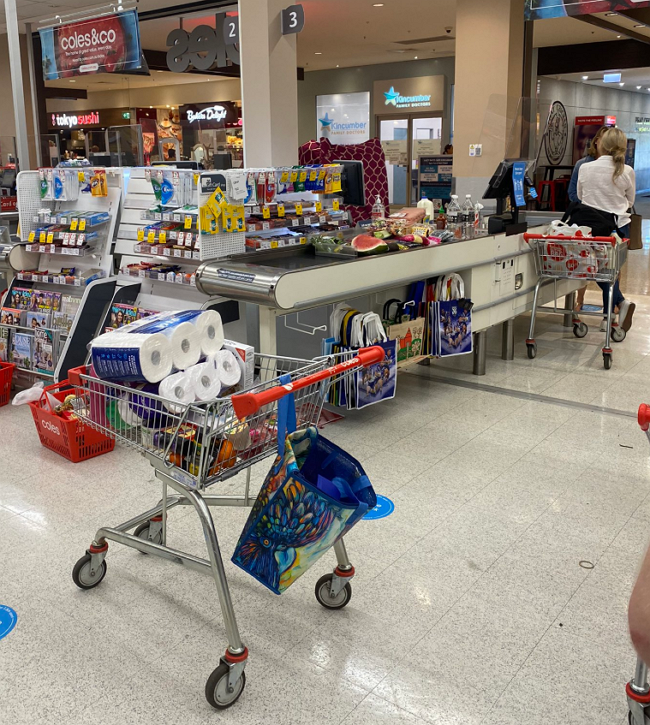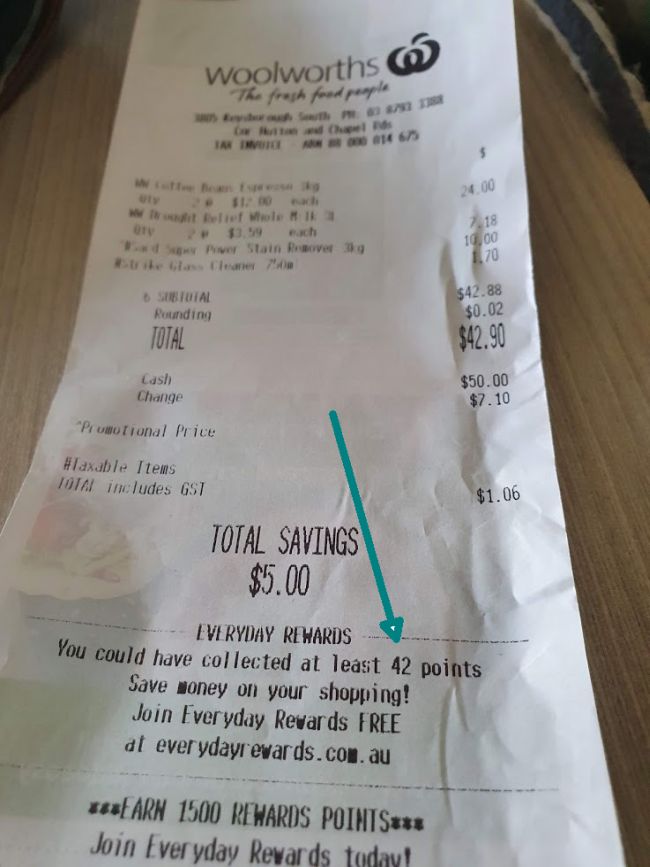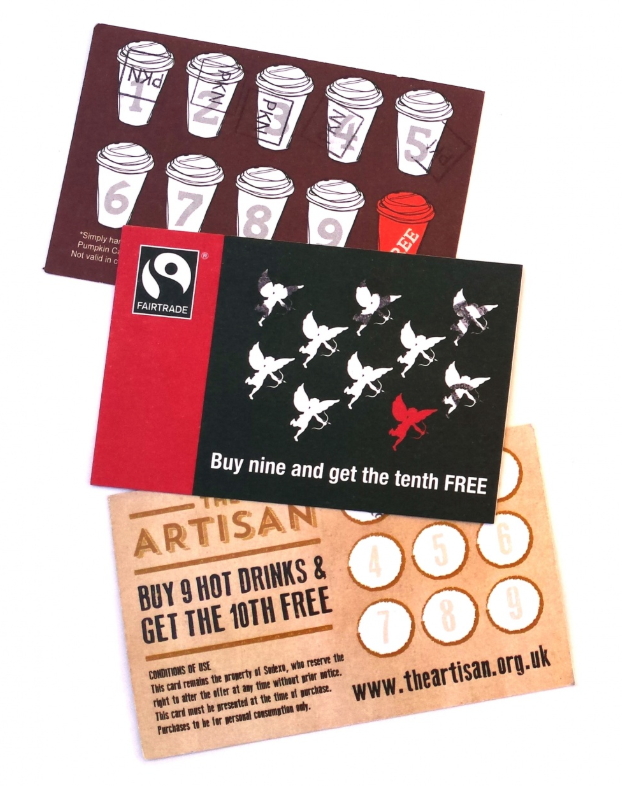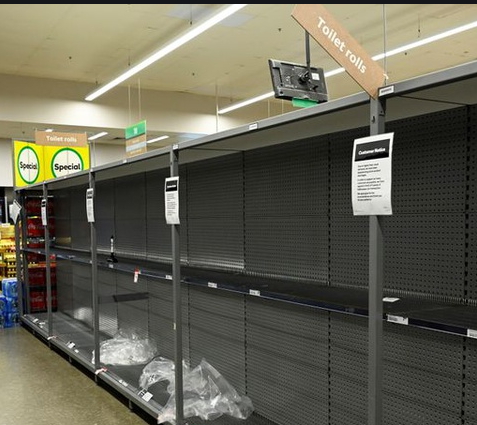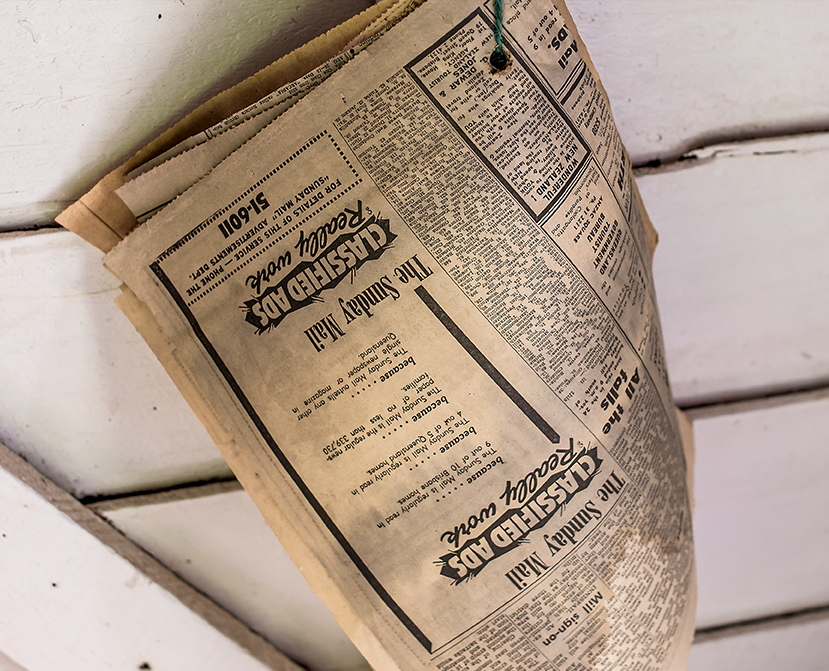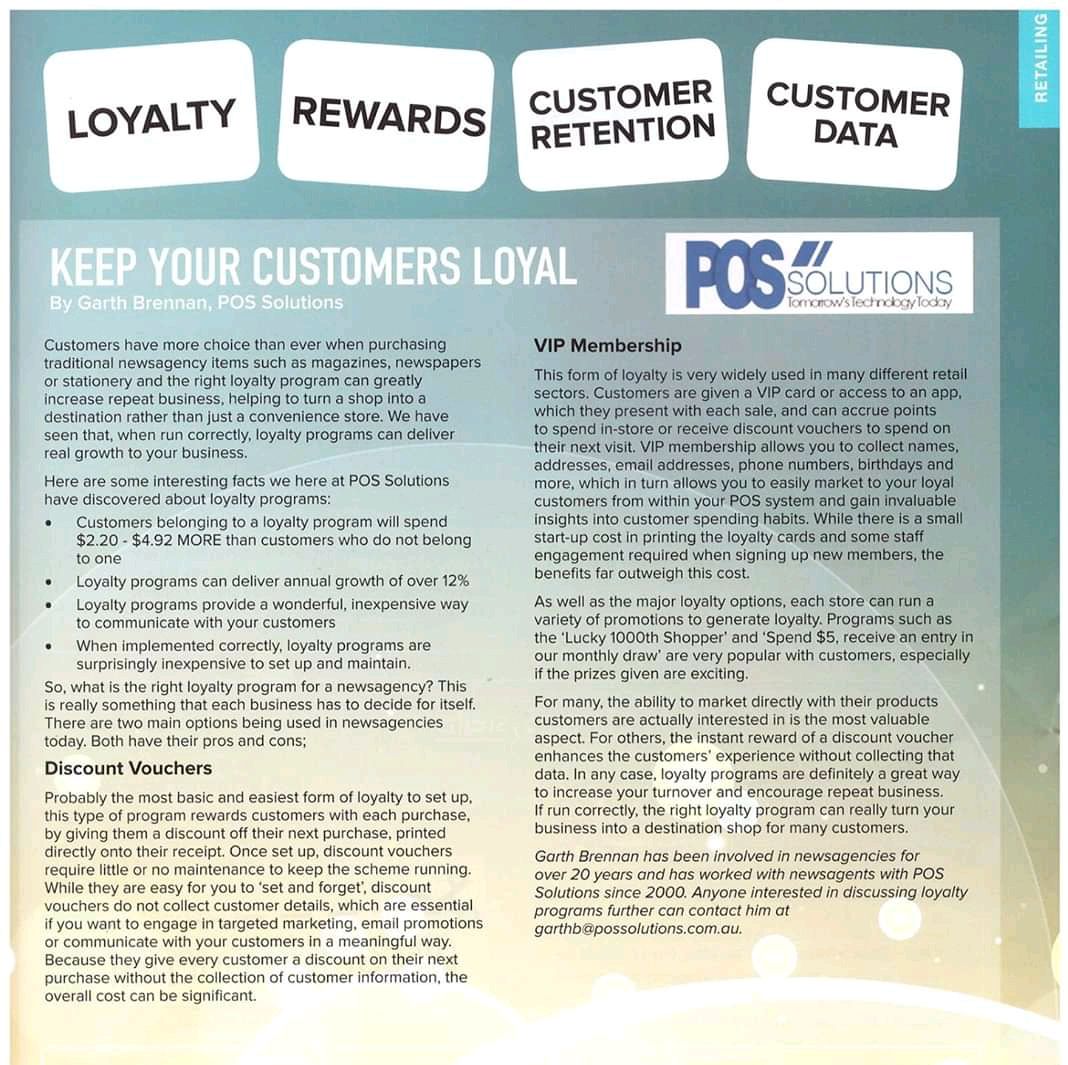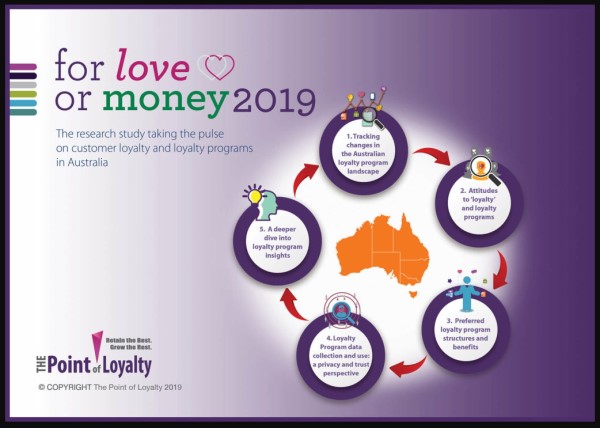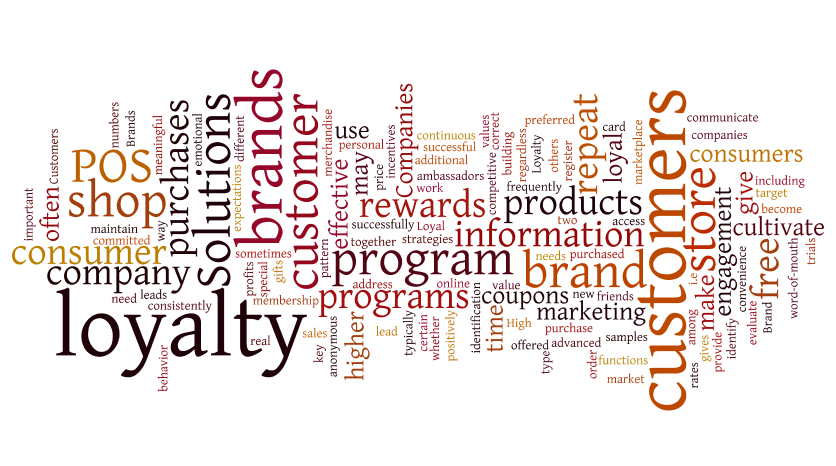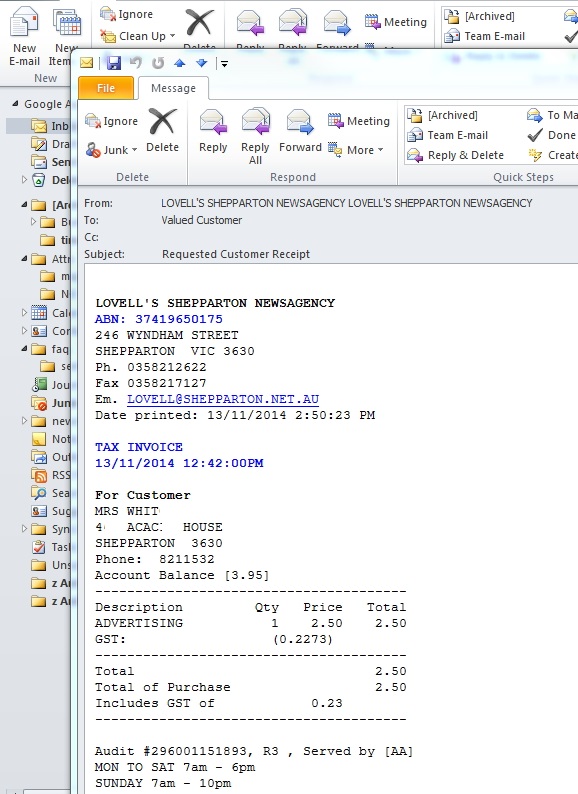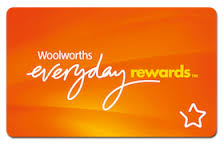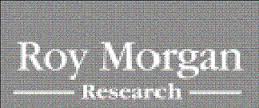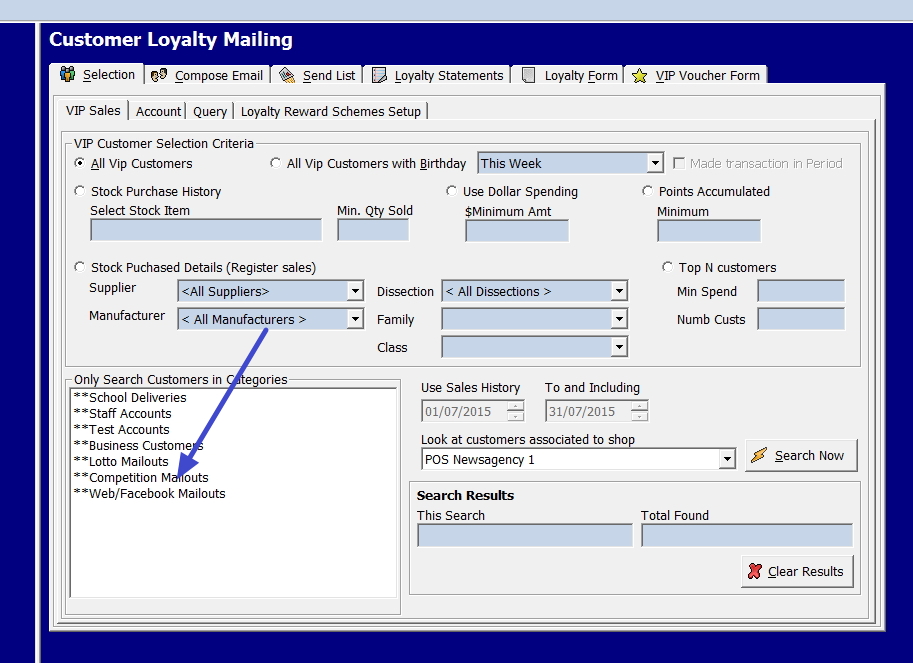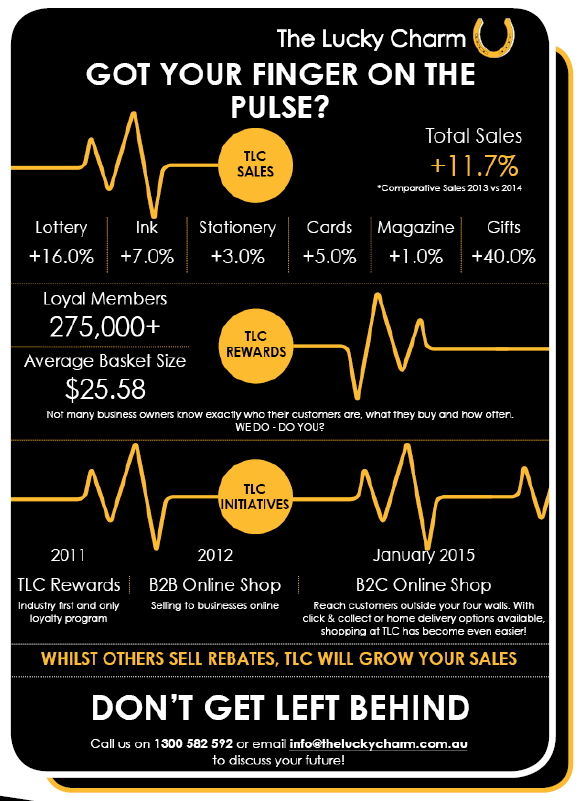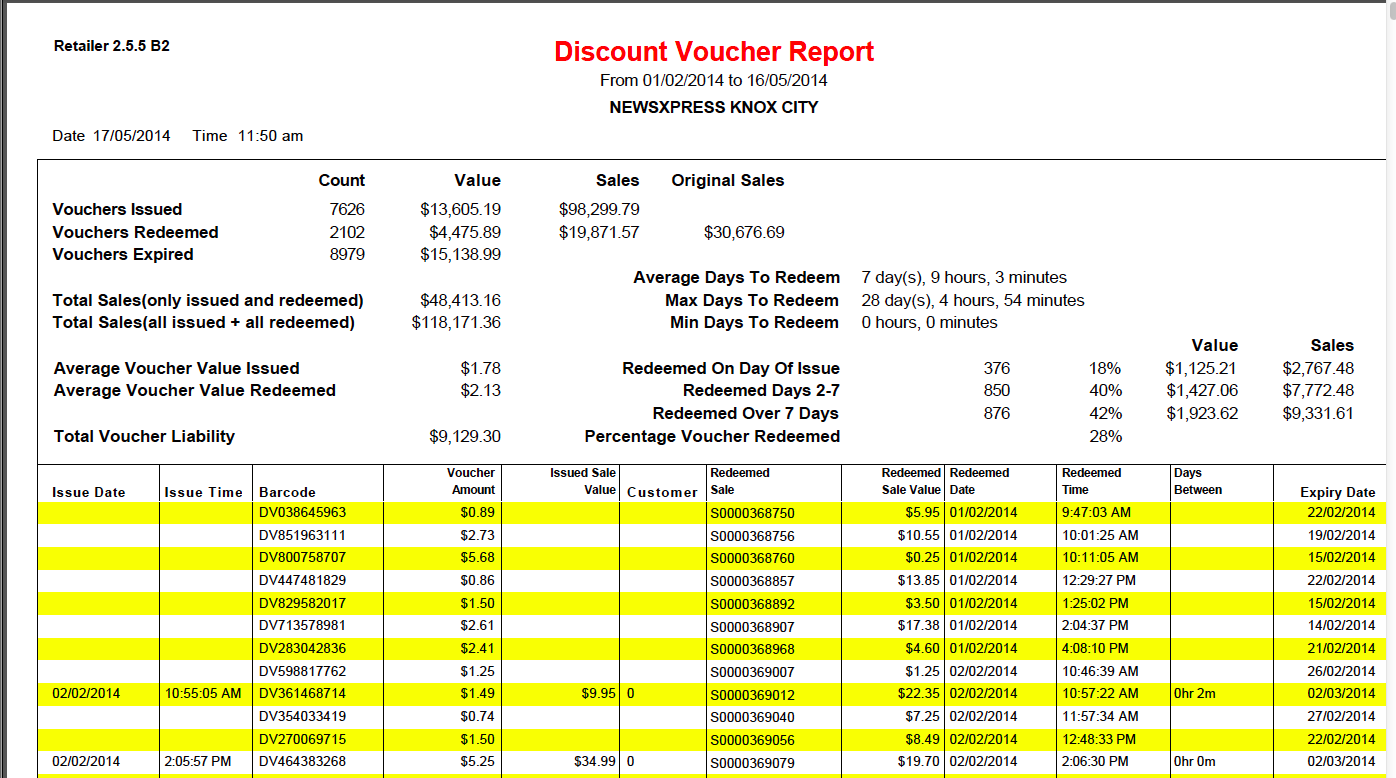How to create a loyalty program budget based on current research!
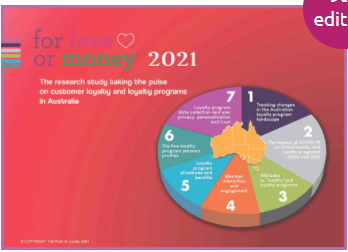
The current report of probably the best loyalty analysis in Australia is now out at For Love or Money™ 2021. It is in its 9th edition.
If you want, a free and quite detailed executive summary is available there too. One point for sure if you get it, it will give you much to chew over. It did me.
Looking through the report, I noticed that the active participation rate is down. This is not a COVID thing, as it's been going down since 2015. In 2015, 59% of Australian shoppers used a loyalty program. Today it is down to 43%. Also, transactional loyalty programs, where the customer gets money, are down in 2019. Then, they comprised 76% of all loyalty programs; now, in 2021, they are down to 69%. I am not surprised as these schemes often end out giving away margins with little reward to the merchant.
Far too often, the customers in loyalty programs will often buy the items anyway. Hold this thought as important later.
Still, after going over these reports plus what I know, here is a guestimate of a budget of what a modern loyalty program would cost you.
Your customer's name and emails addresses, buying history and their permission to use the information in your loyalty program are considered to be worth about 1%. So most loyalty programs tend to hover about this figure. If they go much over this, it is generally because of suppliers help. For example, you promote a supplier product in exchange for them giving you a lower price during the sale.
So if we are looking at million-dollar sales in a shop, your budget (1%) is $10,000. Say your expenses of running the loyalty program is $2,000. Then we have about $8,000 worth of product discounts to give away.
Now based on the report, only about 48% of the people using your loyalty program are buying because of your loyalty program.
So if your margin is 30%, to cover your $10,000 expenditure, you need to get about $70,000 of turnover in your loyalty program.
The formula here is (Turnover required) = (1% of turnover)/((margin%)x48%)
In this case, the discount you would be offering your customer =$8,000/$70,000 about 10%.
If the margin you are pushing is 50%, then you need about $40,000.
The discount you could offer your customer much better, about $8,000/$40,000 or 20%.
So push a higher margin item in your loyalty program.
Note few professional marketers get profitability figures. Only only transaction amounts and they work on average industry needs. Your views might be different on this as you have detailed financial figures and specialised needs.
Also, consider that a loyalty program is a minor factor in your customer loyalty. It is minor. A factor far more important is your relationship with your customers.
Still, this gives you a starting point.

